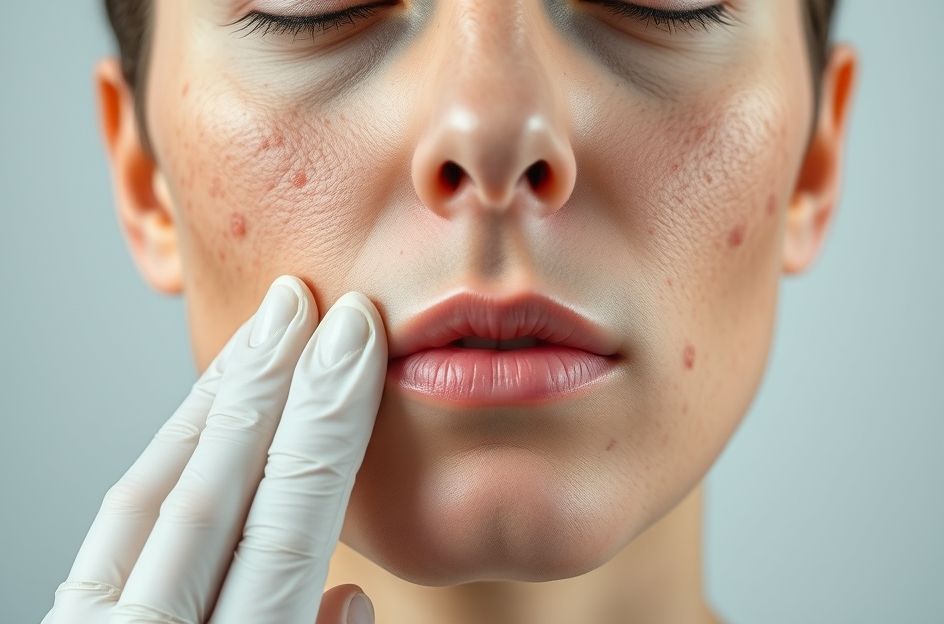Acne is a progressive skin condition, and allowing it to advance to later stages can lead to complications like bursting and permanent scarring. Understanding the characteristics of these advanced stages is crucial for effective intervention.
While blackheads and whiteheads represent the initial stages, acne can progress into more severe forms: papules, pustules, nodules, and cysts. Let’s examine each of these in detail.
* **Papules:** These are small, solid, slightly raised lesions, typically less than 5 mm in diameter.
* **Pustules:** Pustules are characterized by their pus-filled nature, containing dead skin cells, white blood cells, and bacteria. They are fragile and prone to rupture. Often dome-shaped, pustules forming over hair follicles may have a hair visible at the center and can evolve into cysts.
* **Nodules:** Nodules are inflamed lesions that extend deeper into the skin layers. Similar in appearance to papules, they are dome-shaped but pose a greater risk of scarring due to their damage to underlying skin tissues.
* **Cysts:** Cysts represent a severe form of acne, filled with a combination of bacteria, white blood cells, and dead skin cells. They can be painful and penetrate deep into the skin, causing significant tissue damage and a high likelihood of scarring.
Given the potential for scarring and complications associated with these advanced acne stages, consulting a dermatologist is highly recommended. Professional treatment can accelerate healing and minimize the risk of permanent scars. Remember that while acne may resolve, scars can persist for life. Early intervention is key to preventing inflammation and subsequent scarring.
**Disclaimer:** This information is intended for educational purposes only and does not constitute medical advice. Always consult with a qualified healthcare professional for any health concerns. Any actions taken based on this information are at your own risk. The author is not liable for any adverse outcomes resulting from the use of this information.
